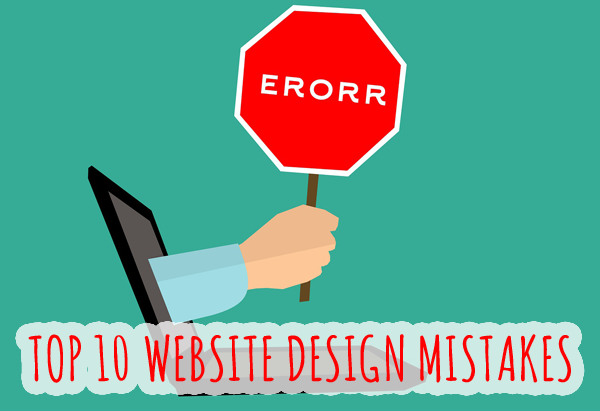Your website is your face to the world and business decisions will be made in milliseconds when it’s visited. Your site can be a game-changer or an also-ran. Take a look at your site now to see if it’s good-to-go on at least these five things:

- HTTPS—Every website URL should start with the letters https, not just http, even if it doesn’t handle sensitive information. If you don’t do it for yourself and your company, do it for your visitors. The world is full of “bad guys” who want to exploit every opportunity to maliciously hack or install malware on an unprotected site. It will soon be mandatory to be HTTPS, which is Secure HTTP, so if your website URL is still simply HTTP (without the S for secure), fix it now.
- White Space—White space is a term used for empty space in a website. It doesn’t need to be white. It just needs to be empty. White space around paragraphs and between sentences increases comprehension and encourages reading. White space helps guide a user from one idea to the next… increasing the chance of contact, interaction, or a sale.
- Color—Similar to the power of white space, color is critical. First, limit the palette to 2 or 3 major colors, a single background color (white is best), and one accent color. Use a link color that is visible to the color blind. Choose colors that complement your brand image (logo) and your brand identity (who you say you are). Explore the psychology of color here. (spoiler alert: blue is safe).
- CTAs—Calls to Action are things such as email or newsletter subscription forms, free downloads, contact links, social media sharing, videos to be viewed, or prompting for a question. A CTA creates a connection between you and your visitor. In all business, relationship building is the key to success, and strong CTAs can help get you there.
- Clean Code—You can’t see it, but it’s probably the most important element of a great website. If you’ve never used your browser to view a website’s code, you should try it. Template-based sites tend to have hundreds, even thousands of lines of code, most of it unused. But every line has to load. A well-coded site has only the code it needs. It’s lightning-fast and provides the ultimate user experience every time. To check your site’s code in the Chrome browser, open your website; in Chrome’s navigation bar, click View, Developer, View Source.
But what about SEO, navigation, site maps, action buttons, optimized images, web fonts, responsive design, and you name it? Well, there’s always another day for another helpful blog about user-centered websites. If you can’t wait, call us. (772) 936-7969.

